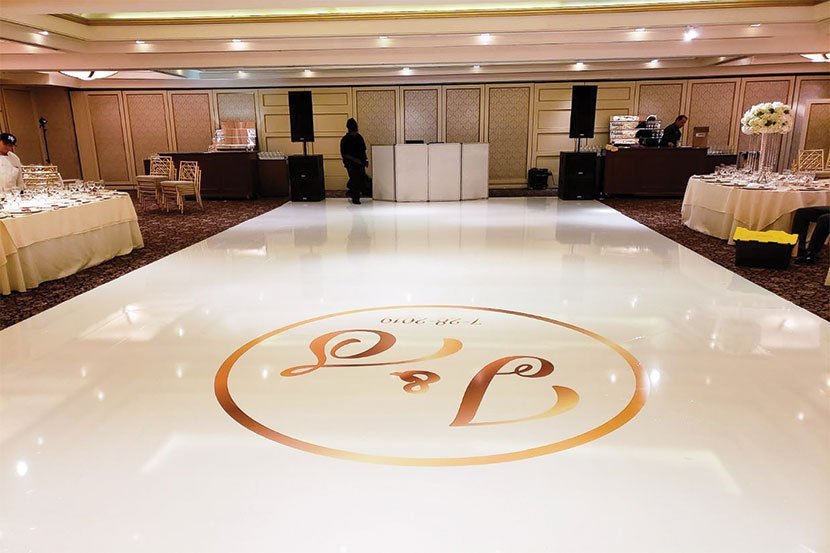Illuminating Creativity With Color Principles within LED Dancing Floor Creations
Illuminating Creativity With Color Principles within LED Dancing Floor Creations
Blog Article
Hue concept is an important element of design, especially when it comes to creating LED dance floors. The interaction of colors can greatly affect the mood and vibe of a venue. Through grasping how hues function together, creators can craft an ambiance that improves the total experience for participants. This piece explores the basics of hue principles and its application in light-emitting diode dance floor layouts.
The main hues are crimson, azure, and yellow. These colors cannot be made by blending different hues combined. Intermediate hues, such as green, tangerine, and purple, are created by combining main hues. Third-level hues are formed by mixing a main color with a secondary color. Grasping these basic connections helps creators select hues that enhance one another and produce a visually appealing display. Mixing these hues on an LED dance floor can lead to vibrant and stimulating outcomes that capture the attention of dancers.
Hue temperature also plays a key part in aesthetics. Hues can be classified as hot or chill. Warm colors, such as crimson, tangerine, and golden, often to evoke emotions of excitement and warmth. In opposition, chill hues like azure, green, and purple typically generate a calm and soothing atmosphere. Designers can utilize these hue temperatures to set the ambiance for different types of events. For instance, a party atmosphere may benefit from warm hues that invigorate the audience, while a more calm event might use chill hues to offer a calming influence.
In furthermore to hue pairings and value, brightness and intensity are essential elements to take into account. Luminosity denotes to how bright or dim a color appears, while saturation measures the intensity of a color. Bright, intense hues can generate a lively and energetic environment, ideal for dancing surfaces. On the other hand, softer, less intense colors can create a more subdued environment. Through manipulating luminosity and saturation, creators can attract focus to specific areas of the dancing floor or create visual pathways, guiding dancers through the venue.
Finally, it is crucial to consider the psychological impacts of color in LED dancing surface layouts. Various colors can evoke different feelings and responses. For example, red is frequently associated with zeal and vitality, while blue can be calming and tranquil. Grasping these connections enables designers to strategically apply hues to influence visit the website the behavior of participants. Through integrating hue theory into LED dance floor designs, designers can improve the total experience, making it memorable and pleasurable for dance floor rental for school dances everyone involved.